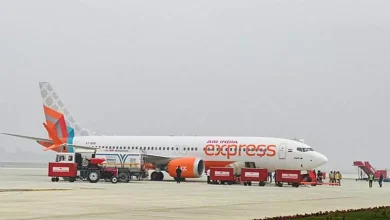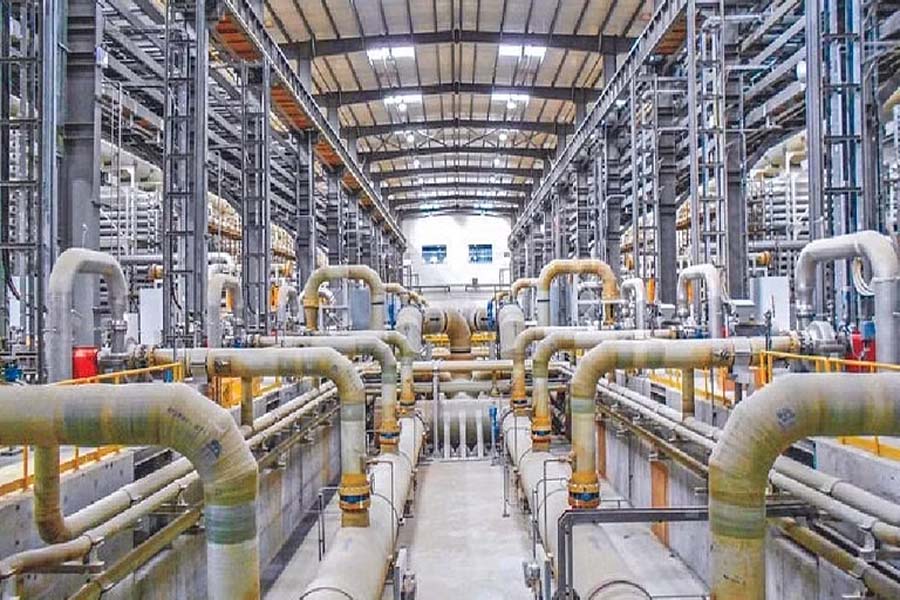A growing threat to the hidden network of cables that powers the Internet

Business Business: It was the early days of 2022, following a massive volcanic eruption, when Tonga was plunged into darkness. The underwater blast — 1,000 times more powerful than the bomb dropped on Hiroshima — sent tsunami waves across Tonga’s nearby archipelago and covered the island’s white coral sands in ash. The force of the Hunga-Tonga-Hunga-Hapai blast severed internet connectivity with Tonga, causing a communications blackout at a time when the crisis was unfolding. When the undersea cable that provides the country’s internet was restored weeks later, the scale of the disruption was clear. The lack of connectivity hindered recovery efforts, while simultaneously devastating businesses and local finances, many of which depend on remittances from abroad. The disaster exposed the extreme vulnerabilities of the infrastructure that underpins the internet’s functioning. Contemporary life is virtually inseparable from a functioning internet, says Nicole Starosielski, a professor at the University of California, Berkeley, and author of The Undersea Network.
In this way, it’s like drinking water – a utility that underpins our existence. And like water, few people understand what it takes to get from a distant reservoir to our kitchen taps. Modern consumers have come to view the internet as something invisible in the atmosphere – an invisible “cloud” just above our heads, raining data down on us. Because our devices aren’t tethered to any cables, many of us assume the whole thing is wireless, Starosielski says, but the reality is far more extraordinary. Nearly all internet traffic – including Zoom calls, movie streams, emails and social media feeds – reaches us via high-speed fibre optics laid on the ocean floor. These are the veins of the modern world, stretching some 1.5 million km beneath the sea, connecting countries via physical cables that funnel the internet through them. Speaking via WhatsApp, Starosielski explains that the data transmitted by her voice will travel from her mobile phone to a nearby cell tower. “That’s basically the only wireless hop in the whole system,” she says. From the cell tower, it will pass through a set of terrestrial fibre optic cables, travelling at the speed of light underground. It will then go to a cable landing station – usually somewhere near water – and from there under the sea bed, before arriving at a cable landing station in Australia, where the Guardian is speaking to Starosielski from.
















